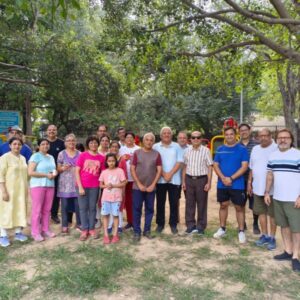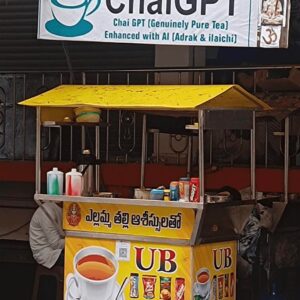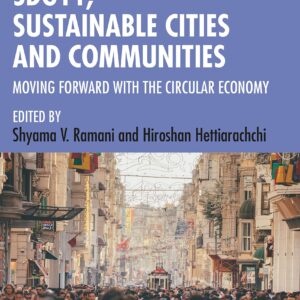Running a Rural Living Lab in an isolated village (via Friend in Need (India)) with great income inequality makes an excellent setting to explore solution designs for poverty. Generally speaking, inclusive innovations are those innovations which reduce inequalities of any kind. Since about two decades, there has been a growing literature that encourages private sector actors such as multinationals, domestic firms and social enterprises, to provide inclusive innovations to the base of the economic pyramid (BoP) communities. Government reports, the internet and magazines have been buzzing about inclusive innovations and my students have shown me their presentations on them enthusiastically. And strangely, the excitement usually revolves around the same set of innovations. But, in the village where the rural lab is located, I never found traces of any of these superstar innovations. All I found the poor consuming more and more – were only single use shampoos sachets, soap sachets, candies, chocolates, sodas …..whose new packaging in sachets made them accessible to the poor, but really without increasing the latter’s income generation capabilities.
So, I wondered where on earth are all these inclusive innovations? Here, started my conversations with shop keepers who catered to the poor in various Indian villages and in Delhi. And I got an idea of what was happening. Then, I began working with Maximilian Bruder my doctoral student who thoroughly explored all that scholars had written (and zeroed on the super-star favourites) and together we developed a chasms framework. But now-a-days what’s the use of theoretical conjectures backed by conversations with shop-keepers? We need data to dialogue with the scientific community! This is where Suma Athreye and Abhijit Sengupta came in with their wonderful database and the rest just happened and all our concepts got refined through discussion, also thanks to some excellent referees – and it’s all there in our article: Inclusive innovation for the BoP: It’s a matter of survival! Published in Technological Forecasting and Social Change. https://lnkd.in/ekWm52Fa
But, I can’t help letting out a spoiler alert – many inclusive innovations just don’t make it to large scale diffusion, because they fall it into one of the DEPMAD chasms! Designing for the poor and making a new product Adoptable (i.e. creating a market) are the biggest challenges. I hope scholars, students and especially my friends and colleagues, who are working on similar topics like Shuan Sadreghazi, Dinesh Abrol, Anil Gupta, K J Joseph, Suraksha Gupta, Smita Srinivas, Rishikesha Krishnan, Glenda Kruss and Rasmus Lema will find our work of interest and use. 🙏





